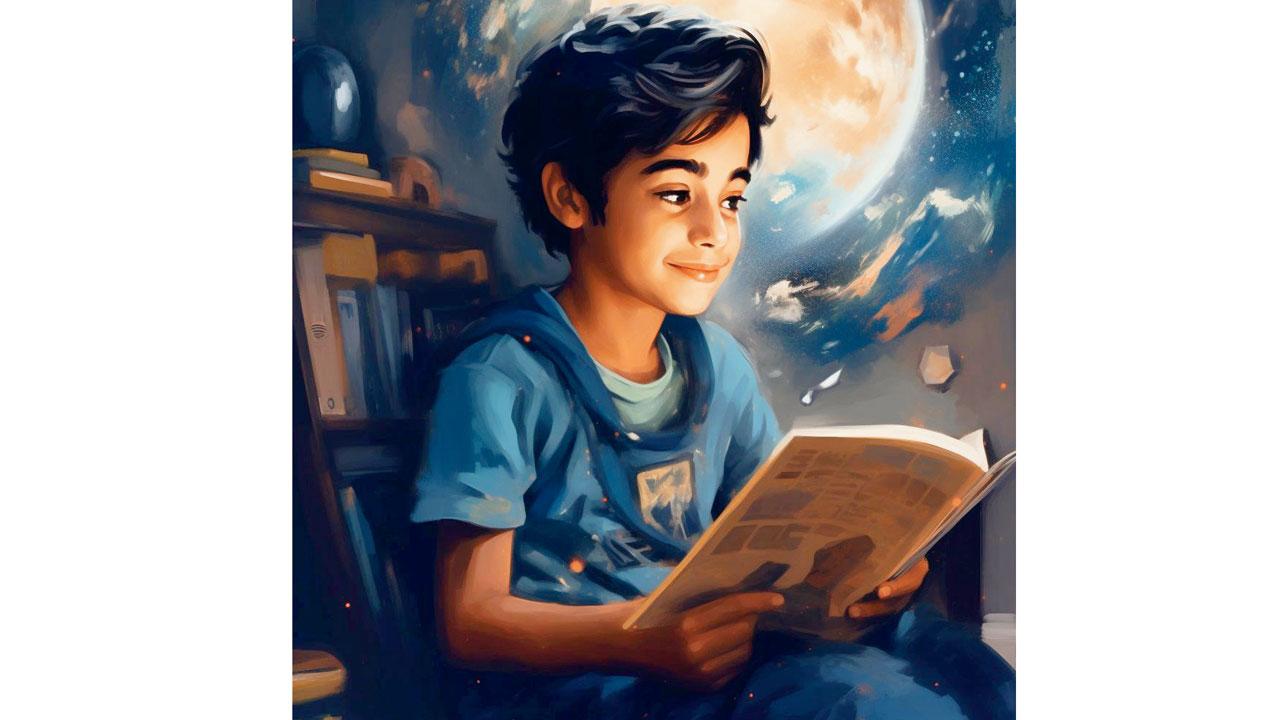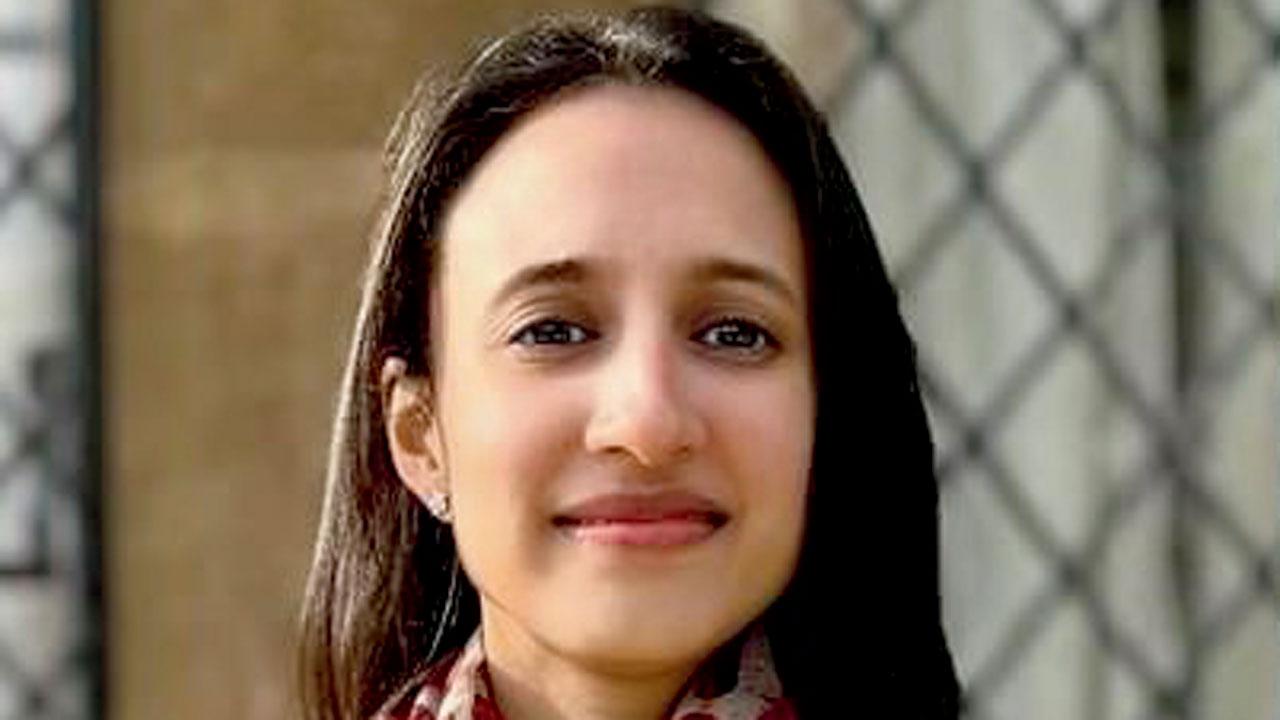Ashima Mathur’s fiction debut carries within it more than just a writer’s creative imagination. We speak to the author whose work was shaped by Artificial Intelligence

A moment depicting Anay discovering Martian life
In 1964, when personal computers were still a pipe dream, the grand wizard of science fiction Arthur C Clarke said that the future might witness an evolved artificial intelligence that will learn from humanity and supersede it. Writer Ashima Mathur was certainly not thinking of Clarke’s words when she set out to create a birthday video for her nephew.
“I first used Artificial Intelligence (AI) to craft a birthday video for my nephew, portraying a news reporter announcing him as the greatest video game player,” she recalls. The efficiency of the skit piqued her interest and the end result was a self-published book titled The Magical Mission to Mars.
With her background in communications design, and a technology professional as husband, Mathur was no stranger to AI’s advancements. Over a period of three months, the Delhi-based 34-year-old set out to craft her first story about a young boy, Anay’s journey to Mars using two AI software — Midjourney and ChatGPT. With its bright visual paintings, and a simple, linear storyline, the book is a leisurely treat for children.

Anay reads about space
“Space is a topic that inspires and fascinates children. It is also a vast subject that allows you to explore in detail,” Mathur says, adding that the possibility of putting together a visual story through AI intrigued her. While there were bots available aplenty, making the right choice was harder than she expected. In the end she chose ChatGPT — for its clear responses — and Midjourney AI.
Her first few attempts to extricate a plotline failed. It was then that Mathur decided to script a detailed plotline to handhold the AI through the book. “I kept feeding the AI chapter by chapter prompts that brought out better and more structured answers. In fact, the images proved more challenging since they had to be congruent to the storyline as it developed,” she points out. The trouble was that the bots could often not keep up with the plot changes. “Most bots can remember only up to 100 words. So, when I would go back after a day or two, the same inputs would prompt different answers. New ideas or additions to the plot would change things further,” the author recollects.
Moreover, AI technology is still evolving. Mathur had to further work on the responses, refine and edit them to suit a young reader’s language and interests. Like all things, AI functions with good communication. “For anyone trying it, I would advise them to have a clear vision and execute it. You need to know exactly what you want and input directives that focus on details.”

Ashima Mathur
Does this mean the end of the human author? Mathur laughs it off by saying, “It is a useful tool, but nothing more. As it stands now, AI cannot put out an entire book. That requires vision.” She compares the technology to an upgraded version of the text applications. But does it show the potential for evolution, we ask. “I cannot tell you what the technology would be like in five or 10 years, but it cannot overthrow human effort. Imagination is still the domain of human creativity,” she emphasises.
At: Popular bookstores and e-stores
Cost: Rs 499
 Subscribe today by clicking the link and stay updated with the latest news!" Click here!
Subscribe today by clicking the link and stay updated with the latest news!" Click here!










